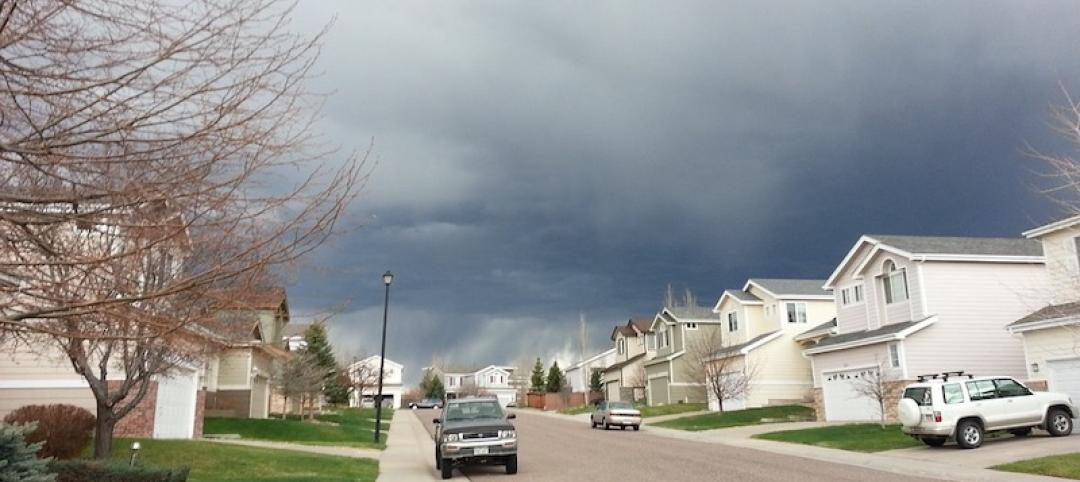The Boston City Council recently approved a mandate for major emissions cuts for large buildings.
The legislation is one of only a few of its kind in the country and will apply to buildings that are 20,000 sf or larger. That amounts to about 4% of the buildings in the city.
About 2,200 buildings that are 35,000 sf or larger will have to start meeting emissions caps in 2025. Another 1,300 buildings —20,000 sf or larger—must start meeting emissions caps by 2030. The ordinance aims to cut all those buildings’ emissions in half by the end of the decade and completely by 2050. A review board can receive input from financial experts and energy providers for recommendations on changes to the rules and on hardship compliance plans.
Acting Mayor Kim Janey is expected to soon sign the ordinance into law. It was modeled on similar measures in New York, St. Louis, and Washington, D.C.
Related Stories
Codes and Standards | Aug 27, 2019
Oregon rescinds tsunami-zone construction ban
Other states have no ban, but have strengthened building codes for tidal wave resilience.
Urban Planning | Aug 27, 2019
Pop-up parks revitalize empty lots
Pop-up parks that provide instant open areas for public use and programming can revitalize under-utilized spaces and add vibrancy to neighborhoods.
Codes and Standards | Aug 22, 2019
Texas flood prevention initiative would create nation’s most ambitious barrier system
Plan including sand dunes and mechanical barriers would cost as much as $32 billion.
Codes and Standards | Aug 22, 2019
Multimedia app identifies construction hazards
Researchers say program will reduce injuries, save lives.
Codes and Standards | Aug 22, 2019
Cities take action to keep cool as climate heats up
Initiatives include cool streets, cool roofs, and broader urban tree canopy.
Codes and Standards | Aug 22, 2019
5G expected to give a boost to construction technology
Virtual reality, Internet of Things, robotics, and drones will all benefit from enhanced data flows.
Codes and Standards | Aug 15, 2019
New edition of Building Code Requirements for Structural Concrete available
American Concrete Institute document includes major technical changes.
Codes and Standards | Aug 13, 2019
Coaching pays off for new managers
Study finds increased engagement and readiness for new roles.
Codes and Standards | Aug 12, 2019
New curtain wall design guidelines released
AAMA document includes mandatory language, optional language, and detailed technical commentary.
Codes and Standards | Aug 9, 2019
Cities modify density zoning to spur more affordable housing projects
Solutions include eliminating single-family zoning and allowing taller apartments in higher-density zones.

















